The Importance of Framing And Perspective Techniques in Drone Photography To Master Composition
Drone photography has opened up a whole new world of creative possibilities, allowing photographers to capture breathtaking aerial shots with ease. However, simply flying a drone and taking random photos from above does not guarantee compelling imagery. To create visually striking and impactful drone photographs, mastering composition is key. In this article, we will explore various framing and perspective techniques that can elevate your drone videography to new heights. By understanding the principles of composition and implementing these techniques, you can capture captivating aerial images that tell a compelling visual story.
Explore our recommendations for The Best Drones For All Budgets.
Understanding Composition in Drone Photography
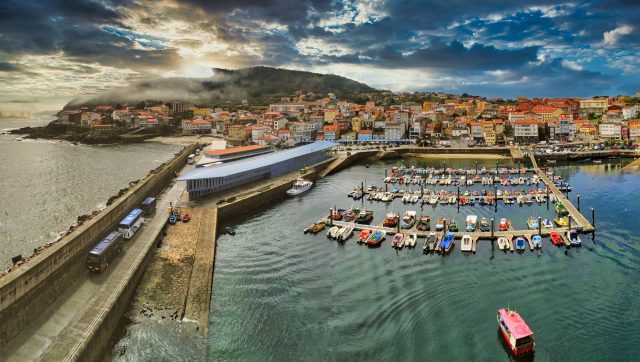
Photo by Depositphotos
Composition is the art of arranging elements within a frame to create a visually pleasing and balanced image. It involves making conscious decisions about what to include or exclude from the frame, how to position the main subject, and how to create a sense of depth and perspective. While composition principles apply to all forms of photography, they take on new dimensions in the unique context of aerial photography.
Rule of Thirds and Beyond
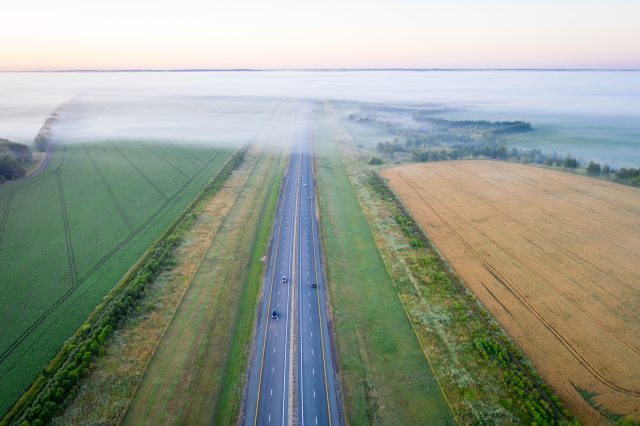
Photo by Depositphotos
The rule of thirds is a fundamental principle in photography composition, and it applies equally well to drone photography. By mentally dividing the frame into a 3×3 grid, with two horizontal and two vertical lines, you can position your main subject or points of interest along these lines or at their intersections. This technique adds balance and visual interest to the image. However, don’t limit yourself to just the rule of thirds. Experiment with other compositional techniques like leading lines, diagonals, and the golden ratio to create unique and captivating compositions.
Utilizing Scale and Perspective

Photo by Depositphotos
One of the most striking aspects of drone photography is the ability to showcase a different perspective and provide a sense of scale. Use this to your advantage by incorporating elements that provide a reference point for the viewer. Including recognizable objects or people in the frame can help convey the vastness and grandeur of the landscape. Consider how different objects relate to one another and use their relative sizes and positions to create a strong visual impact.
Creating Depth and Layers
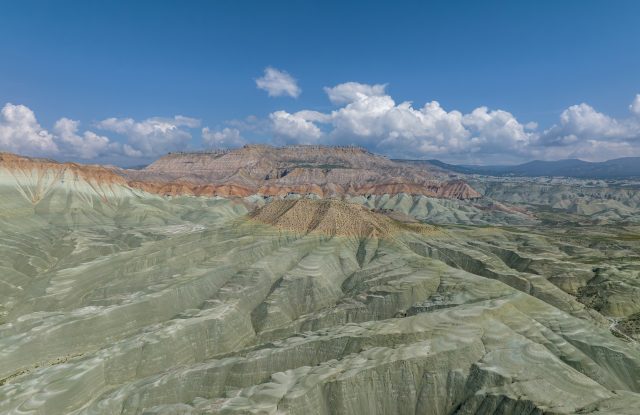
Photo by Depositphotos
Drone photography allows you to capture scenes from a bird’s-eye view, which inherently provides a sense of depth. Enhance this depth by incorporating foreground, middle ground, and background elements in your compositions. Look for elements such as trees, buildings, or natural formations that can create layers and add visual interest. By carefully positioning these elements within the frame, you can guide the viewer’s eye through the image and create a three-dimensional feel.
Symmetry and Patterns

Photo by Depositphotos
Symmetry and patterns can be powerful tools in drone photography. Aerial shots often reveal symmetrical landscapes, such as mirrored reflections on water surfaces or rows of trees lining a road. Look for these patterns and use them to create visually striking compositions. Center your subject or align it with the symmetrical axis to enhance the impact.
Embracing Negative Space
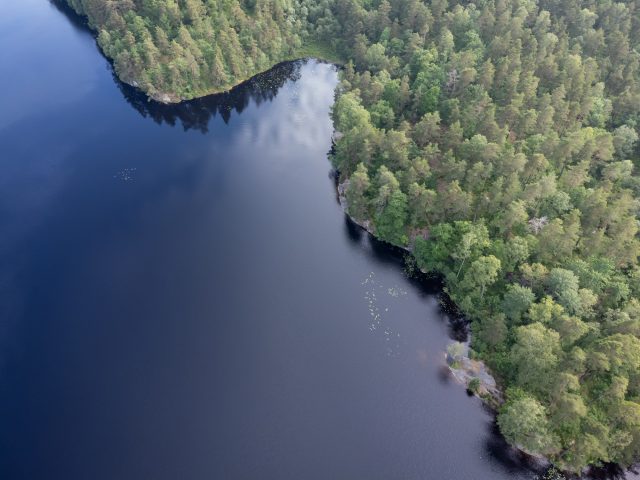
Photo by Depositphotos
Negative space refers to the empty areas surrounding the main subject. In drone photography, negative space can be particularly effective in emphasizing the subject and creating a sense of isolation or vastness. Experiment with minimalistic compositions where the subject occupies a small portion of the frame, allowing the surrounding negative space to draw the viewer’s attention.
Dynamic Composition with Movement
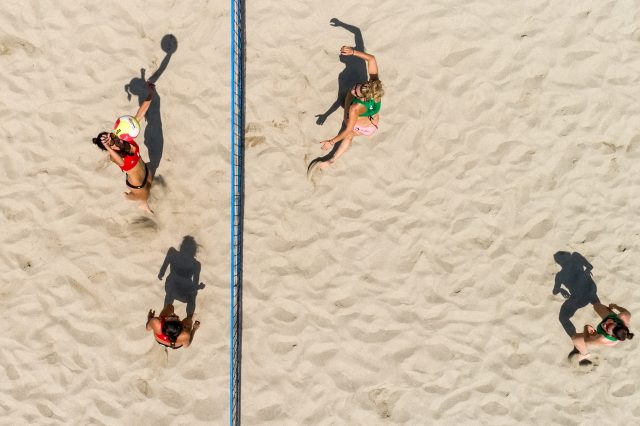
Photo by Depositphotos
Drone photography offers the unique advantage of capturing dynamic movement from above. Use this to your advantage by incorporating movement into your compositions. Experiment with capturing subjects in motion, such as cars on a winding road or waves crashing on the shore. By carefully framing the movement within the frame, you can add a sense of energy and excitement to your drone photographs.
Framing with Natural Elements
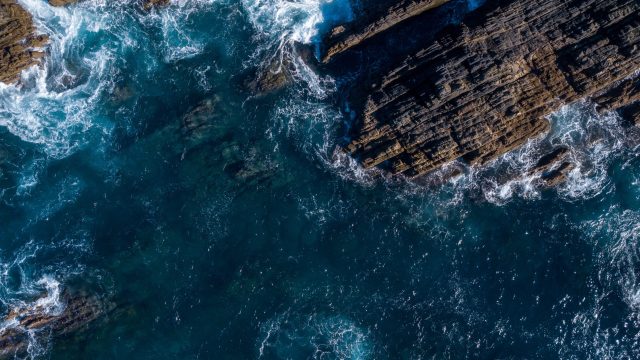
Photo by Depositphotos
Nature provides a wealth of opportunities for creative framing in drone photography. Look for natural elements like trees, arches, or rock formations that can act as natural frames within your composition. Position your drone strategically to capture the subject through these frames, which adds depth and context to the image. It creates a visually pleasing effect that draws the viewer’s attention to the main subject while showcasing the beauty of the surrounding environment.
Experimenting with Unconventional Angles

Photo by Depositphotos
Drone photography allows you to explore unconventional angles and perspectives that are not possible with traditional photography. Take advantage of this freedom by exploring unique angles and viewpoints. Fly your drone higher or lower, tilt the camera, or shoot from a tilted perspective to add a sense of drama and intrigue to your compositions. This experimentation can lead to extraordinary and visually stunning results, allowing you to capture images that are truly one-of-a-kind.
Balancing Light and Shadows
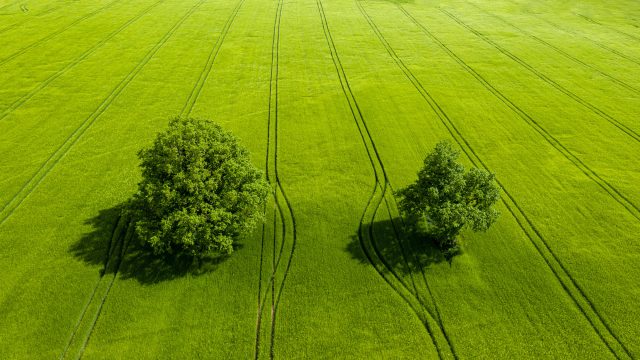
Photo by Depositphotos
Lighting plays a crucial role in drone photography, and understanding how to balance light and shadows can greatly enhance your compositions. Pay attention to the direction and quality of light during different times of the day. Consider how the interplay of light and shadows can create depth, texture, and contrast within your images. Experiment with capturing scenes during the golden hour or twilight when the light is soft and warm, casting long shadows that add drama to your photographs.
Incorporating Symmetry and Reflections
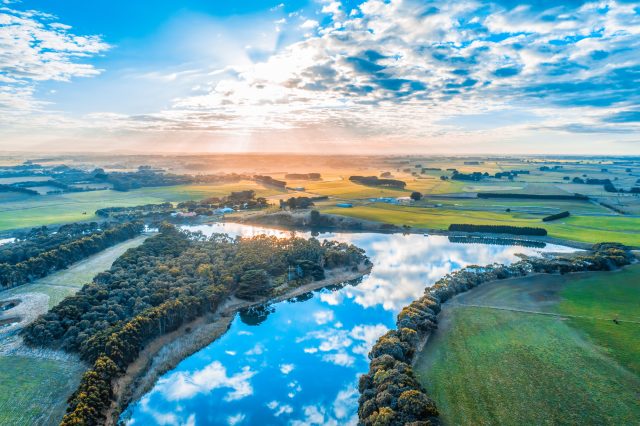
Photo by Depositphotos
Symmetry and reflections are powerful compositional elements that can produce captivating drone photographs. Look for symmetrical subjects like buildings, bridges, or natural formations that can be perfectly reflected in water bodies or other reflective surfaces. Utilize still waters, such as lakes or ponds, to create mirror-like reflections. Ensure that your drone is positioned at the right height and angle to capture the symmetry and the reflection simultaneously, resulting in a visually striking image that showcases both the subject and its mirrored counterpart.
Mastering composition in drone photography involves understanding the principles of composition and employing a range of techniques to create visually compelling images. By incorporating movement, framing with natural elements, experimenting with unconventional angles, balancing light and shadows, and incorporating symmetry and reflections, you can elevate your drone photography to new artistic heights. Embrace creativity, refine your skills, and explore the endless possibilities that drone photography offers to capture extraordinary aerial compositions that leave a lasting impression on viewers.
Conclusion
Mastering composition techniques in drone photography is crucial for capturing visually striking and impactful aerial images. By understanding principles such as the rule of thirds, utilizing scale and perspective, creating depth and layers, incorporating symmetry and patterns, embracing negative space, incorporating movement, framing with natural elements, experimenting with unconventional angles, balancing light and shadows, and incorporating symmetry and reflections, photographers can elevate their drone photography to new artistic heights. By embracing creativity, refining skills, and exploring the endless possibilities that drone photography offers, photographers can capture extraordinary aerial compositions that leave a lasting impression on viewers.
Related posts
7 Excellent Uses For Drones – Air We Ready?
Top Drones In 2023 – Best Drones For All Budgets
Thanks for reading, I hope you enjoyed the article, in case you have any questions just drop them below & I will be happy to answer you.
The featured Photo by Depositphotos
If you enjoy the site, don’t forget to subscribe, we will only inform you when a new article is posted.

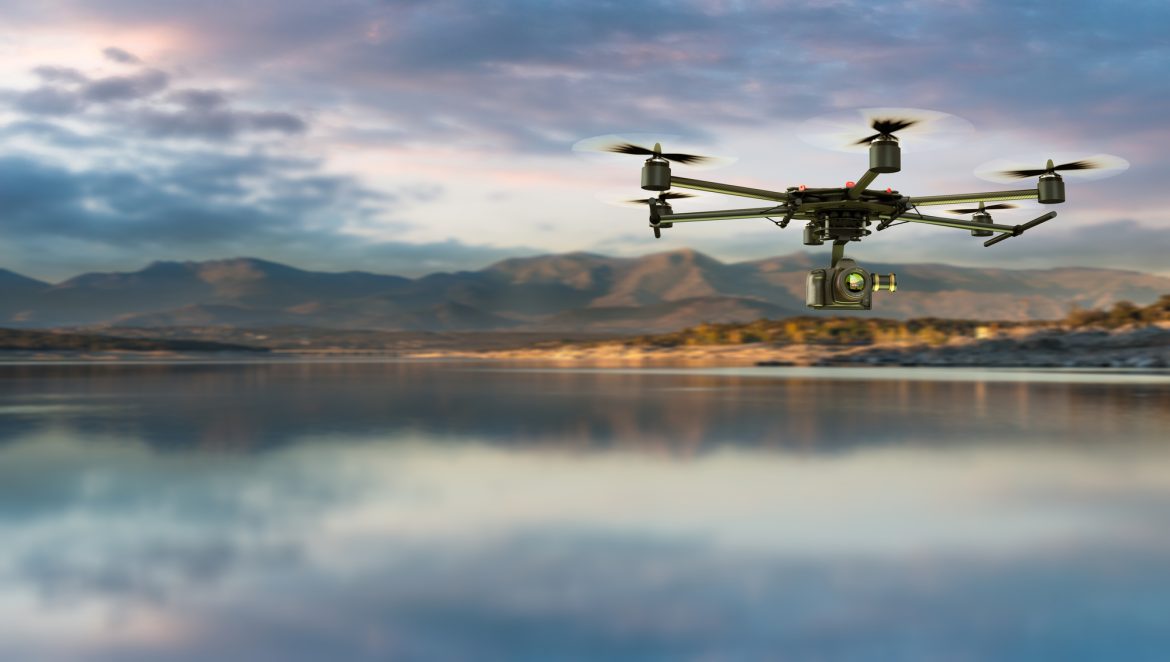




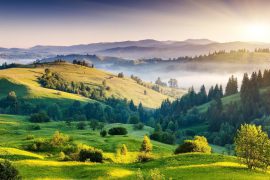
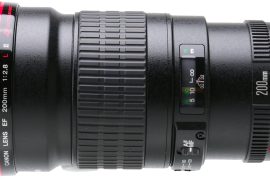
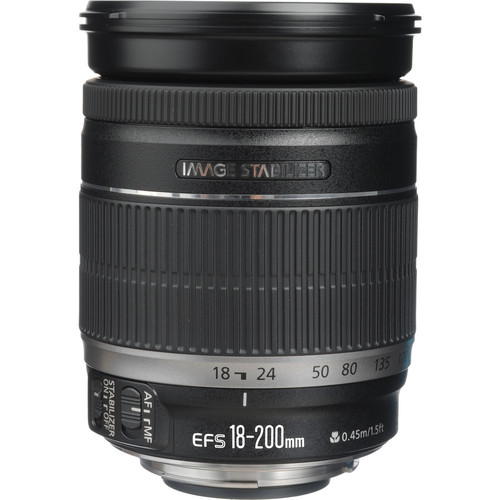
Drone photography is one of the newest techniques that I definitely appreciate. It gives the photographer the power of a bird’s eye view. Photography, like boxing, is all about the angles. The better angle in both professions gives you a greater advantage to land the perfect shot in the ring or on a subject. I like the structure of the 3 x3 rule and appreciate the fact that you encourage us to break the rule and be flexible. Personally, I wish I could use drone photography to shoot places like Antarctica, but I know that with all the red tape and federal law it can be impossible.
Indeed, drone photography offers a bird’s eye view and allows for unique angles. While federal laws can make shooting in certain locations challenging, there are still plenty of breathtaking subjects to explore. Keep pushing boundaries and capturing amazing shots! Thanks for your feedback
I just received a drone as a recovery gift to see how I would like to take landscape photos on my next vacation trip July 15th. Was playing around outside my home trying to figure the settings out and to take the pictures, started googling information guides and found your website article that is very detailed and easy to understand. Have booked marked and shared on social media for others to use and find your site very helpful with their problems as well.
Congratulations on receiving a drone as a recovery gift! It’s fantastic to hear that you’re exploring landscape photography for your upcoming vacation trip. I’m glad you found our website article detailed and easy to understand as you were figuring out the settings and taking pictures. Thank you for bookmarking and sharing it on social media to help others with their drone photography. If you have any more questions or need further assistance, feel free to reach out. Happy flying and capturing breathtaking landscapes!